

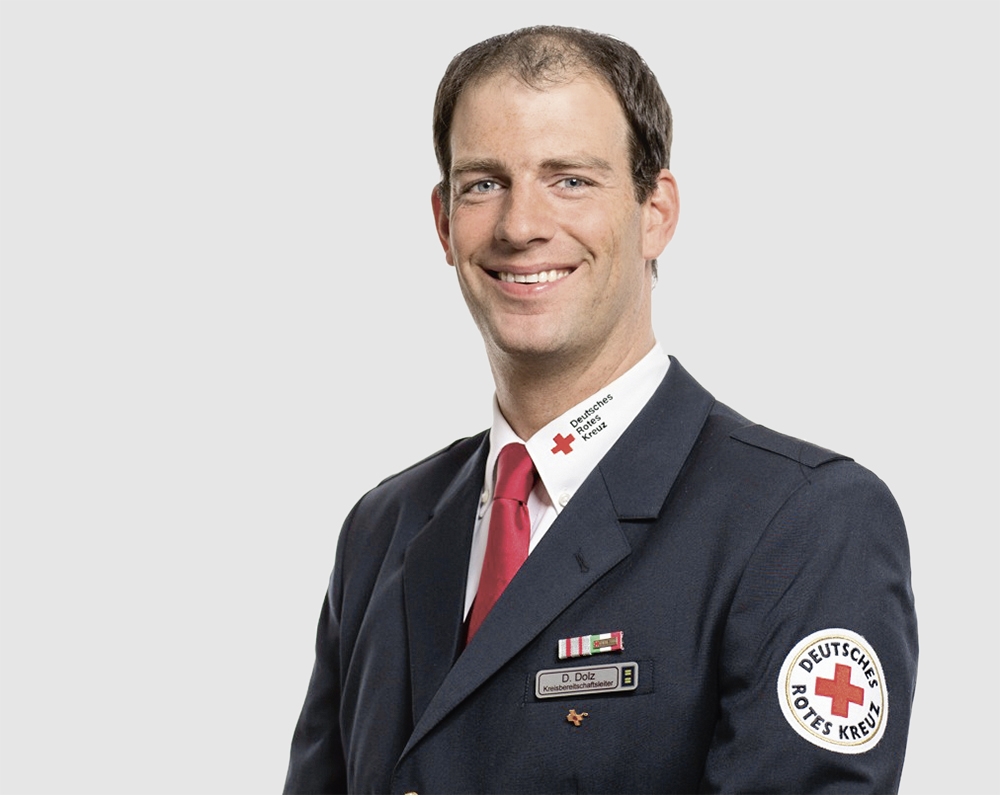
Daniel Dolz, an emergency paramedic and trainer at the German Red Cross (DRK) Kreisverband Remscheid e.V., is very familiar with the daily challenges of emergency services. As a result, he is a valuable contact for the association's new ambulance build. An excellent opportunity to go behind the scenes of emergency services.
Our direct link to the emergency services: Daniel Dolz, an emergency paramedic and trainer is responsible for emergency services at the German Red Cross (DRK) Kreisverband Remscheid e.V. www.drk-remscheid.de
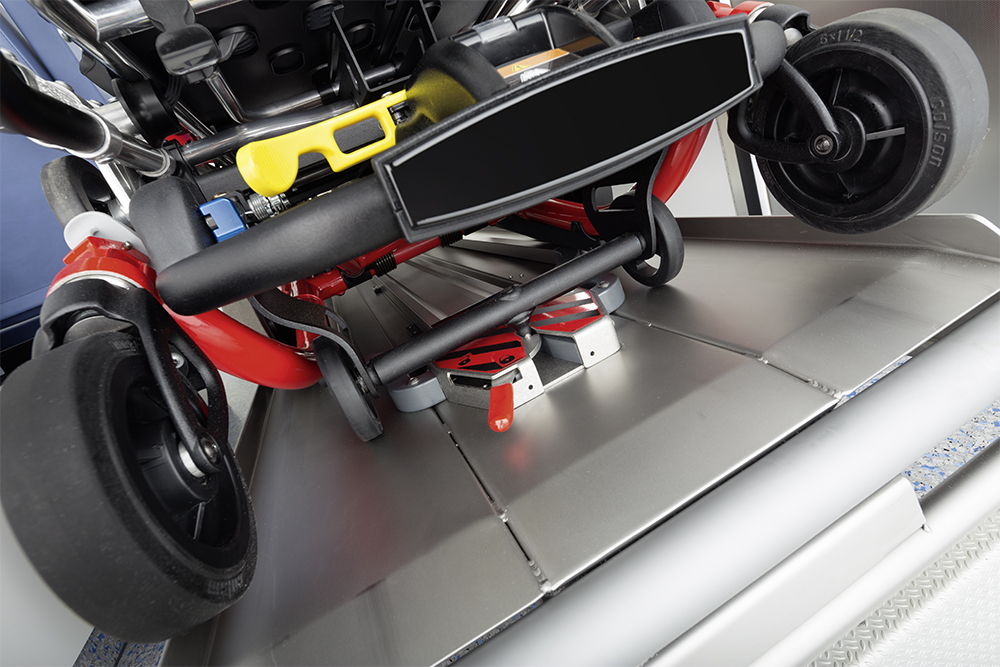
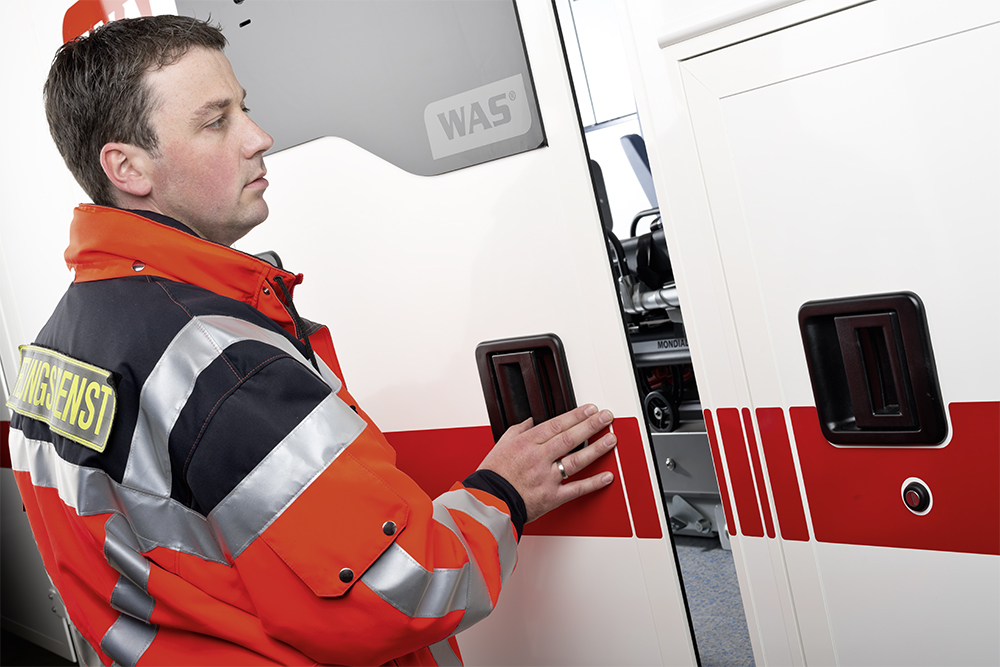
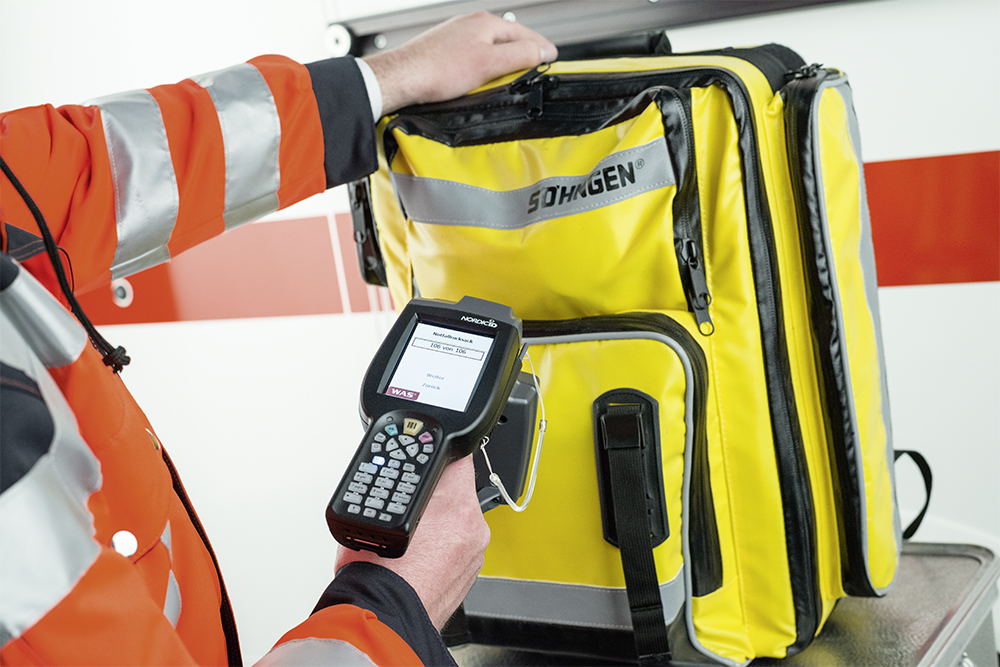
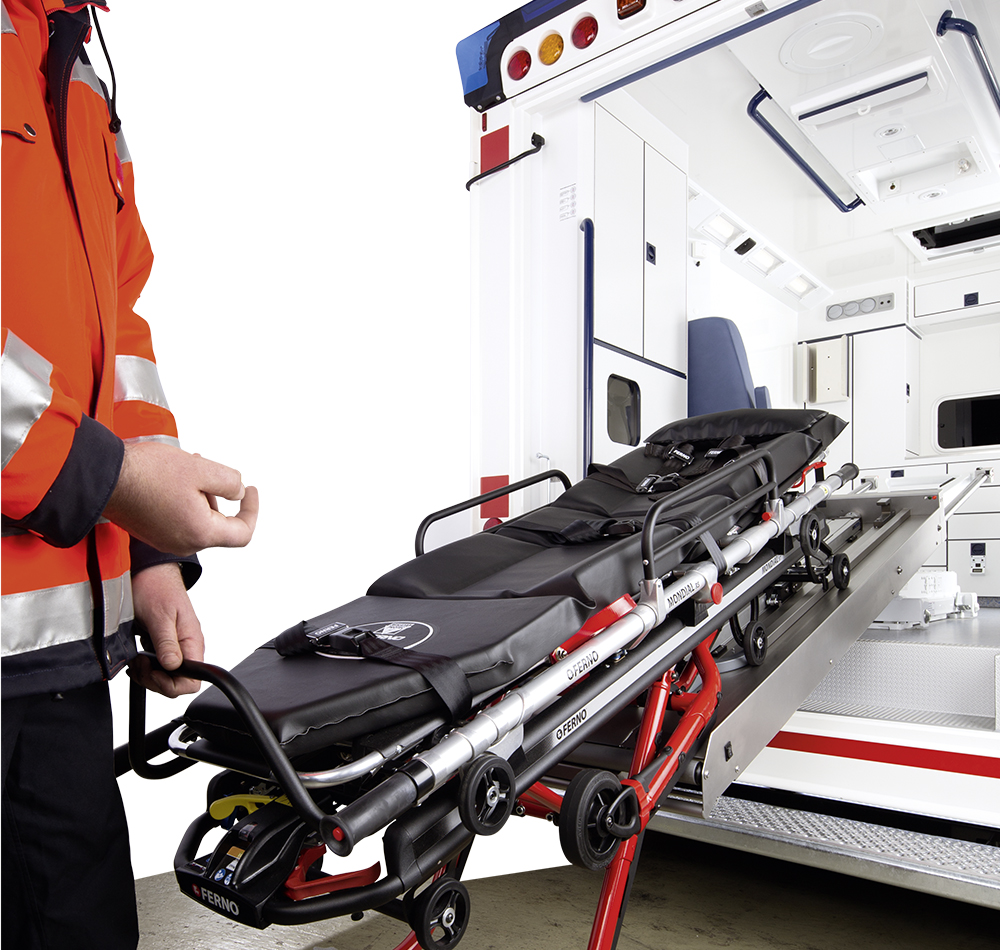
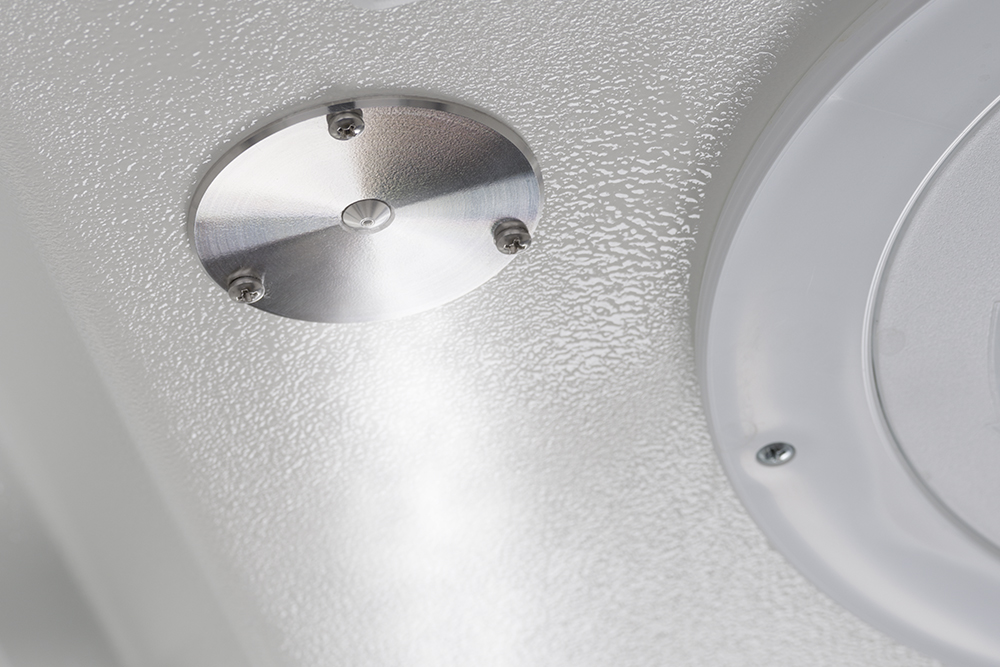
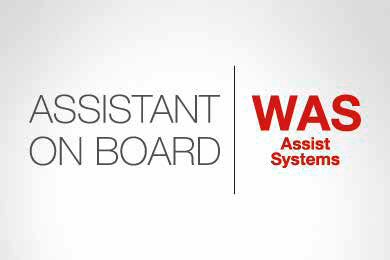
Mr Dolz, you not only have emergency service experience but also have an excellent understanding of emergency vehicle features. Does a modern ambulance have different criteria to fulfil these days compared to 10 or 20 years ago?
Modern ambulances have a great deal more criteria to fulfil. The fact that modern ambulances are designed to be more like a workplace is a positive development. As a result, they have to guarantee greater workplace safety including accident prevention and passenger safety. Ergonomic environments are created for measures such as resuscitation and trauma treatment, and air-conditioning in the patient room has long since been standard. Emergency personnel and patients benefit from these changes.
What problems do emergency personnel face in their work?
In addition to physical stress, there is a high level of mental stress. Rescue workers must now perform diagnostic tests and reach decisions in a matter of seconds. Relatives often have to supervise and act as a point of contact. The huge variety of tasks involved in emergency work can be stressful. You should at least create ideal working conditions if you can.
Do emergency workers explicitly request technical resources or make suggestions for workplace improvements?
I find it very important to involve people who are working with the equipment. In fact, many suggestions are implemented by colleagues. For example, a removable rucksack in the patient box body. Employees can remove the rucksack and easily carry it on their back.
The ambulance which you were involved in acquiring is fitted with a WAS Assist System. What in particular led you to choosing this feature?
The automated stretcher system is one of the most technologically sensible tools that can currently be installed into an ambulance. It makes loading a stretcher much easier. Our employees have quickly become used to this convenience. The electronic closing aid for doors may be considered a luxury by some, but for standard door systems the patient is unnecessarily stressed with the jolt as it shuts, the noise and the pressure. This is now avoidable with our ambulance. For the automatic disinfection system, we have decided to close disinfection gaps in addition to routine wipe/mop disinfection. After a critical journey or uncertainty after a potentially germ-laden patient, this device is a sensible addition.
Is the fitting of a WAS Multi-Load Assist cable pull a reaction to the increasing number of overweight people in Germany?
Whether the vehicle is sufficient with regards to load and available space or a heavy-duty ambulance is alternatively required needs to be assessed in each individual case. But yes, generally you can transport more patients with the equipped ambulance.
We are hearing more and more about attacks against emergency personnel. Were there such situations before or would you describe this as a new phenomenon?
Unfortunately, violence towards emergency personnel has significantly increased over the past few years. There has also been an increase in damage to vehicles and equipment. Laws have been tightened but unfortunately violence is still a factor.
In England, panic buttons are often installed in ambulances. They allow emergency personnel in the treatment room to alert the driver and begin video recording. Is that a sensible solution to improve security for emergency personnel?
The subject of video surveillance in emergency vehicles should be pursued. Naturally, it should conform to privacy protection laws. I find the use of video technology in medical areas particularly interesting, such as for remote diagnosis and connection to an emergency doctor.
In which areas do you see further scope for tehcnical support using Assist Systems?
Special situations will also require special solutions in future. I therefore see plenty of potential for technical support within emergency services. The development of new systems will particularly depend on continuous technological developments. Who knows what will be possible in 10 years’ time?
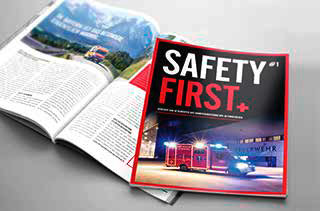
This text was first published in the WAS customer magazine „Safety First“. You can request a free copy of this and many other interesting topics by sending an e-mail to marketing@was-vehicles.com.





